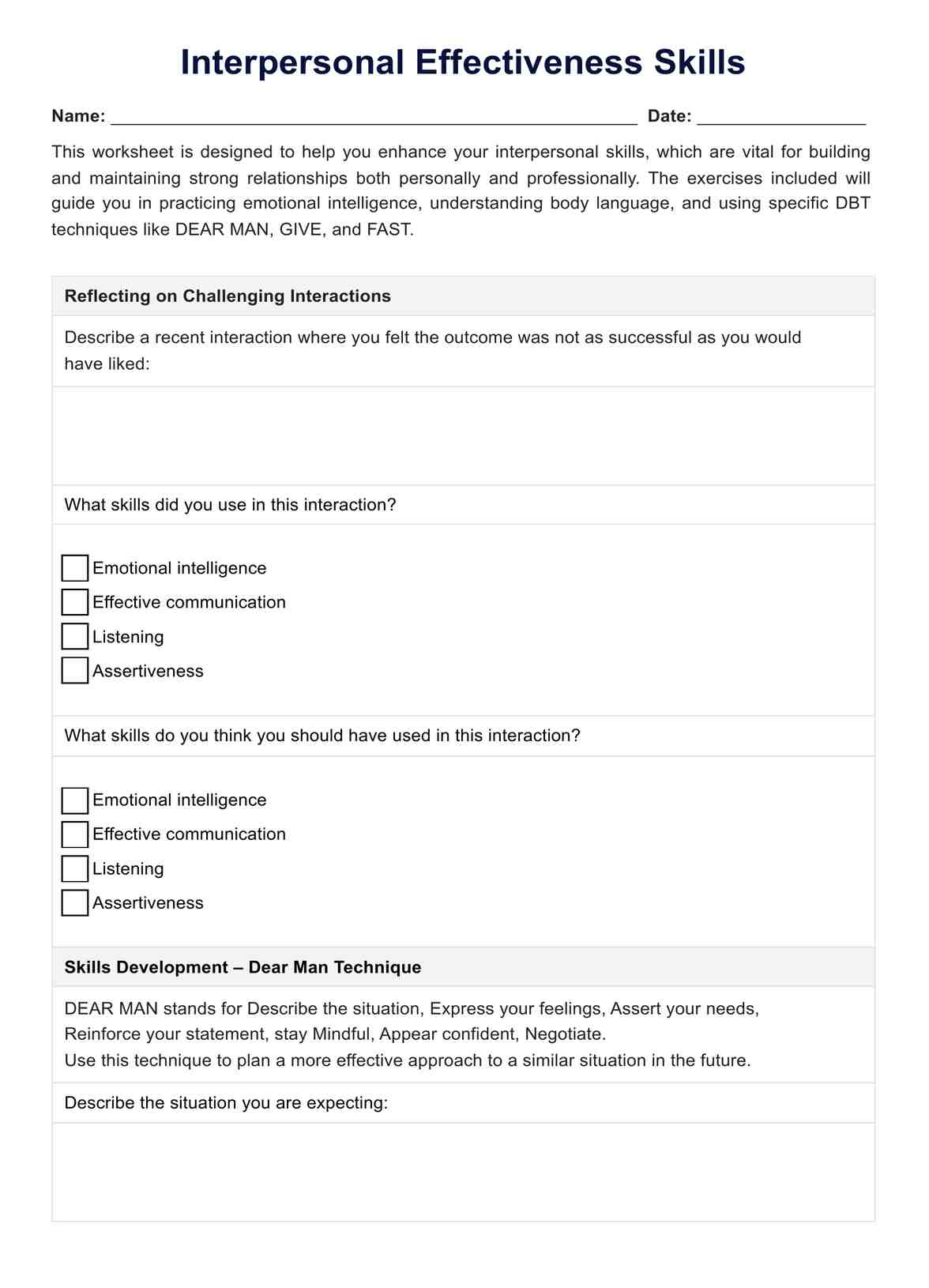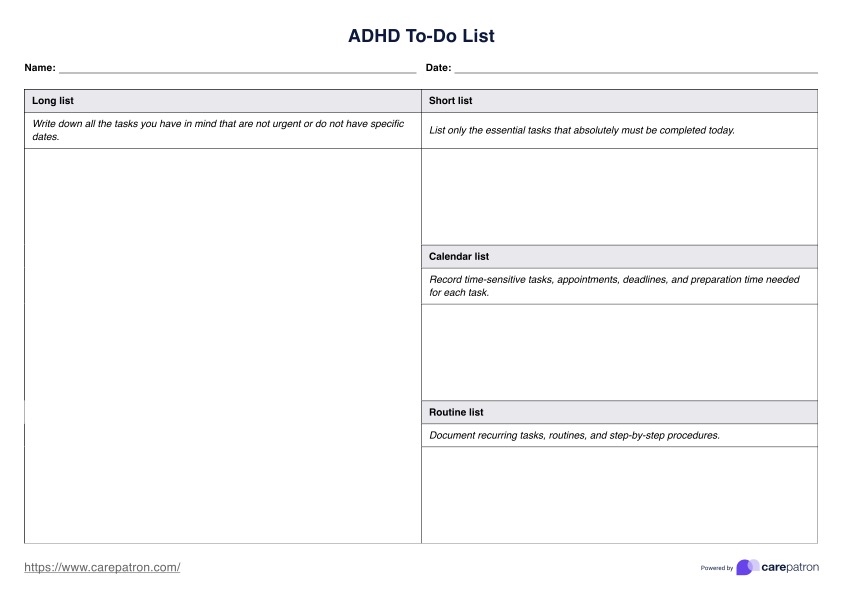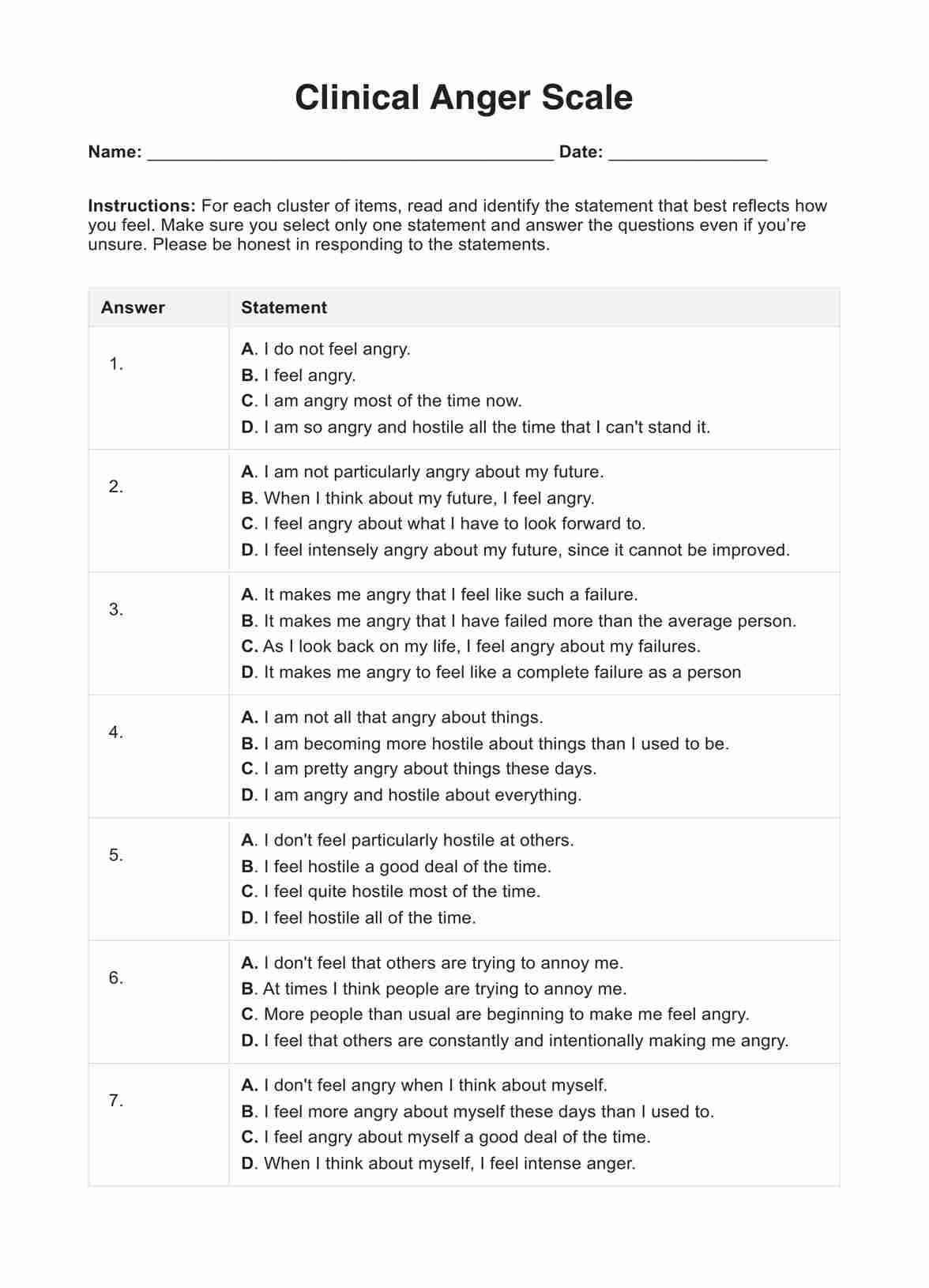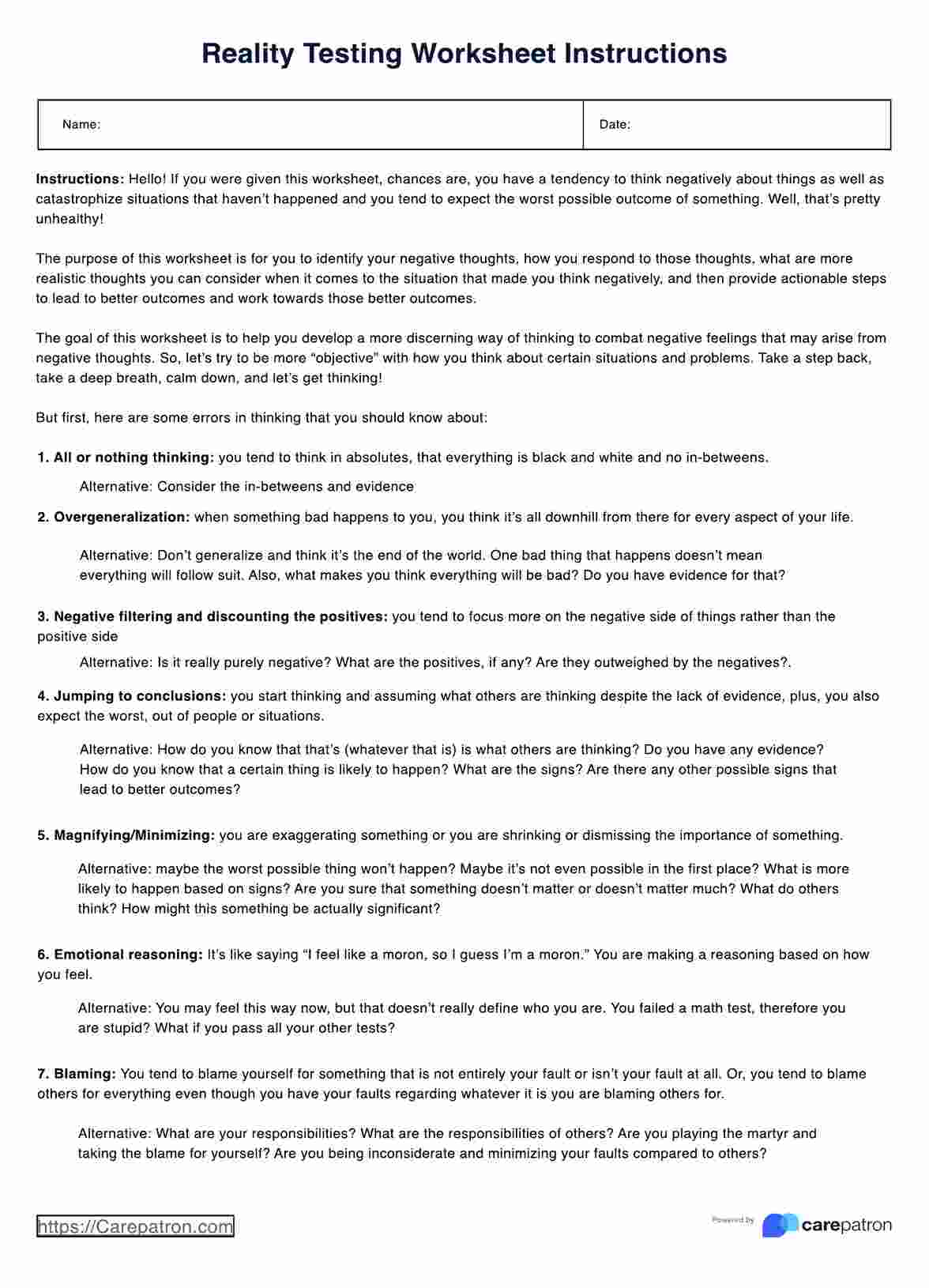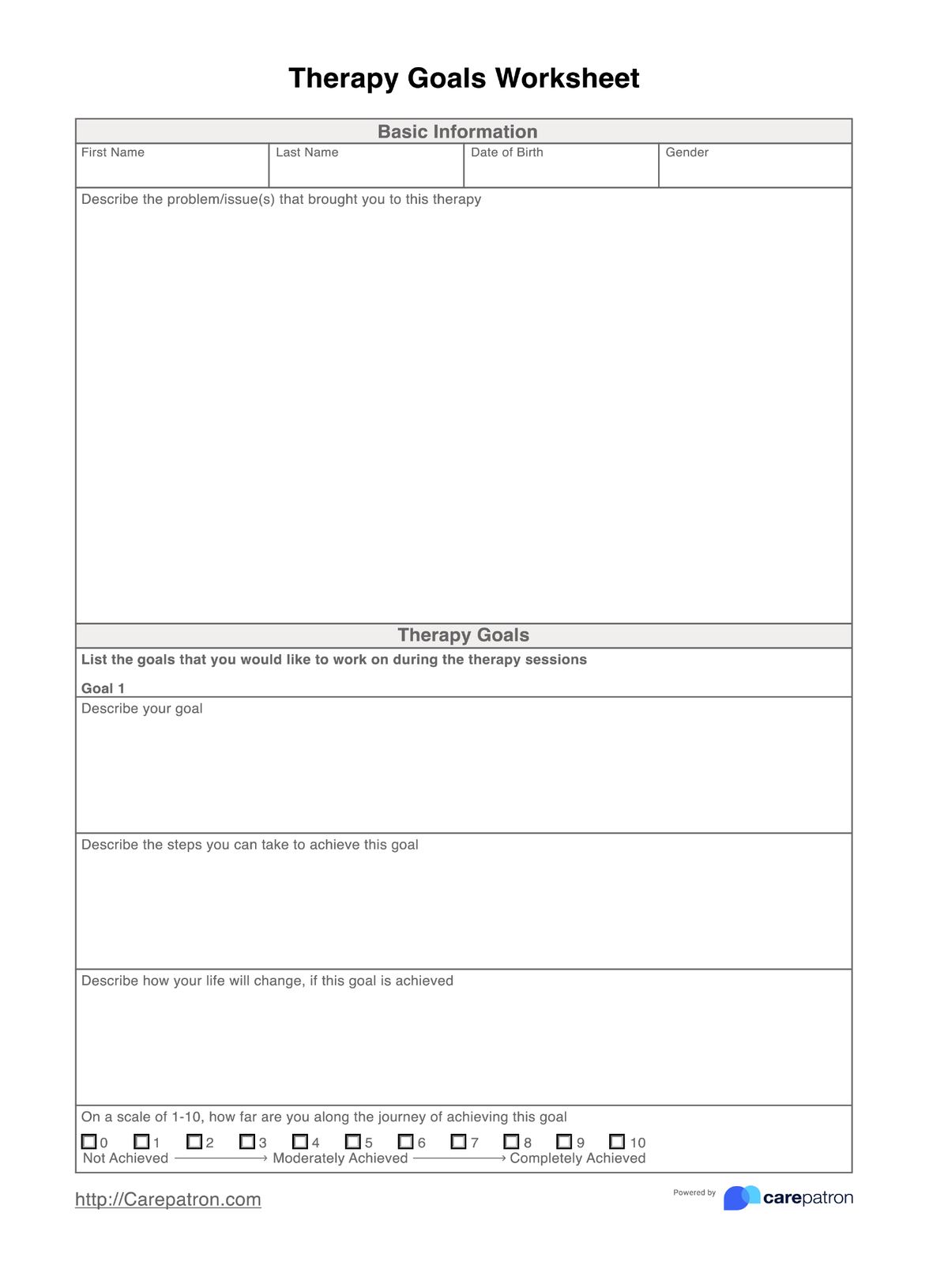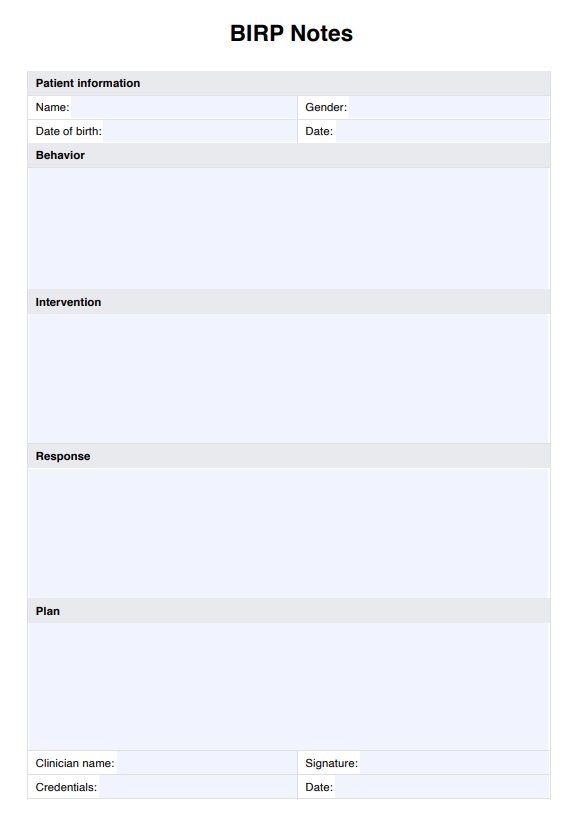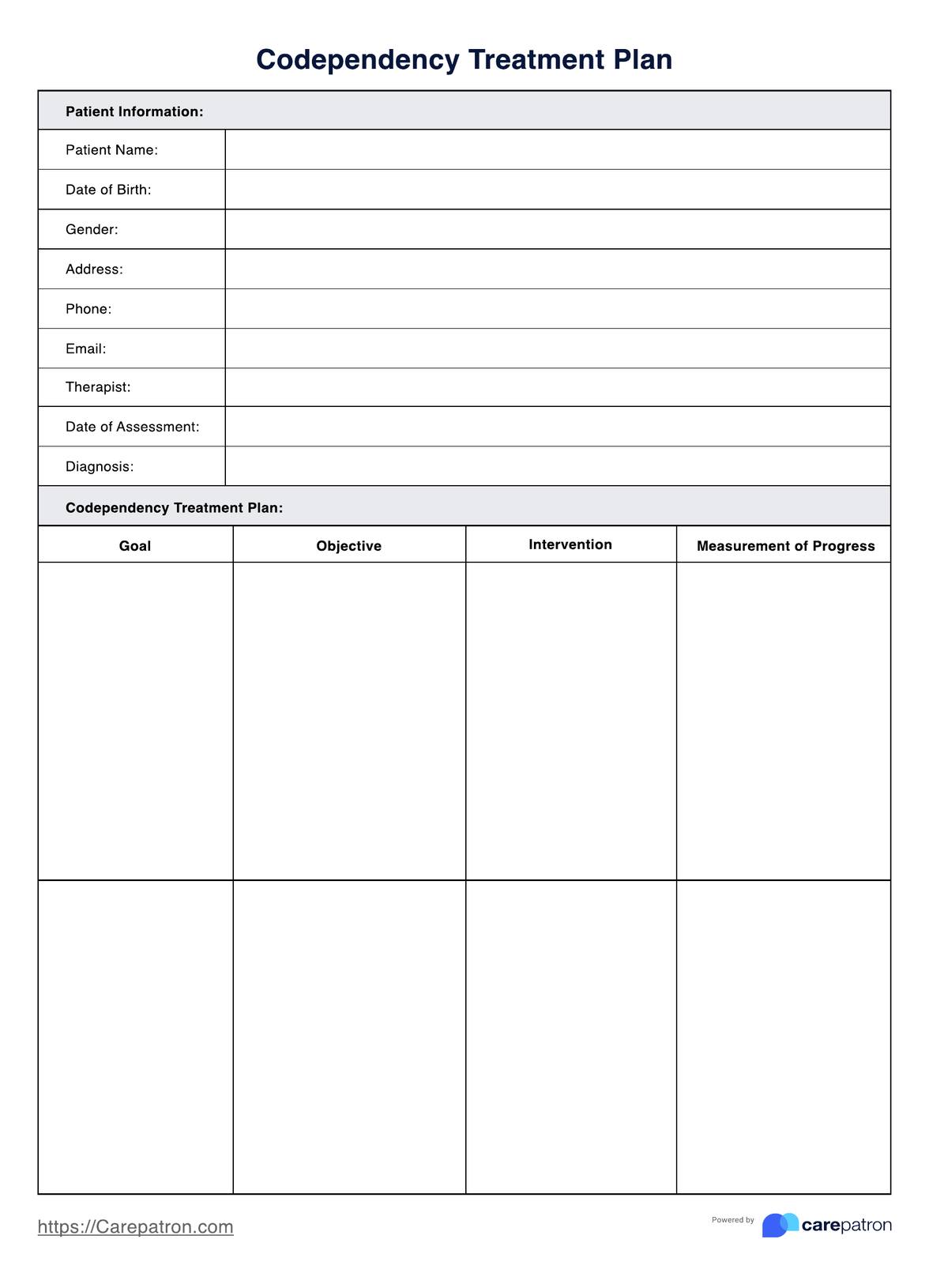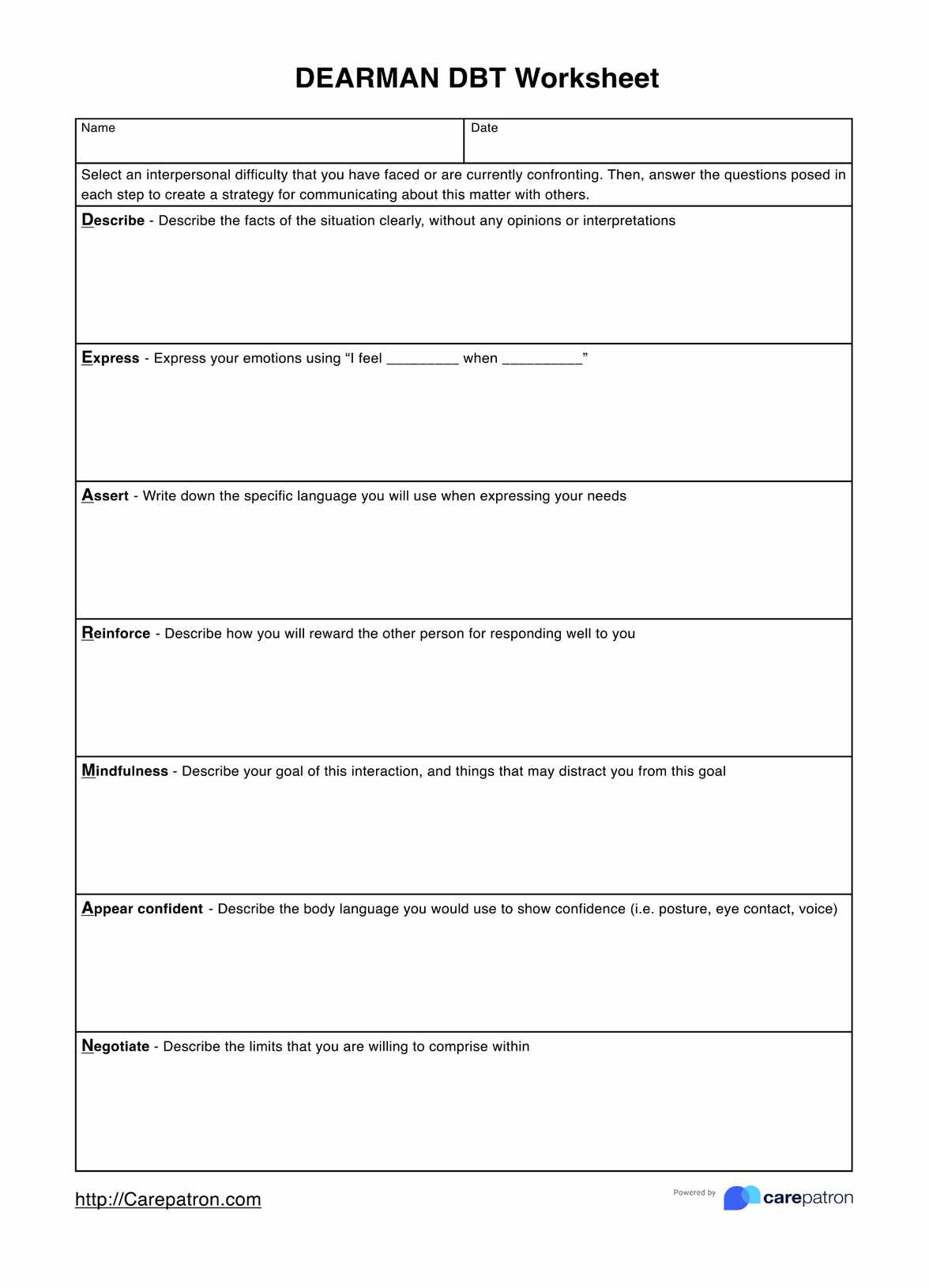Grounding with Senses DBT Worksheet
Manage distress, anchor in the present, and foster mindfulness effectively with the Grounding with Senses DBT Worksheet. You can download a free PDF here.


What is Dialectical Behavior Therapy?
Dialectical Behavioral Therapy (DBT) is based on cognitive-behavioral therapy and is employed to help people with difficulty managing and regulating intense emotions. Originally developed for individuals with borderline personality disorder (BPD), it was later adapted to treat various emotional dysregulation issues, mood disorders, self-destructive behaviors, and interpersonal difficulties.
The main goal of is to assist individuals in comprehending and embracing challenging emotions, acquiring techniques to handle them, and becoming capable of initiating favorable life changes. One of its core principles is integrating acceptance and change strategies, aiding individuals in striking a balance between accepting their current status and moving toward positive change. It incorporates four main modules covering emotional well-being skills and aspects, including core mindfulness, distress tolerance, interpersonal effectiveness, and emotion regulation.
Grounding is a strategy employed in DBT, particularly in the distress tolerance module, aimed at helping individuals manage intense emotions, anxiety, and distressing thoughts by focusing on their immediate sensory experiences. It engages the five senses (sight, sound, touch, taste, and smell) to establish a connection with the immediate present, thereby redirecting focus from intense emotions or detrimental cognitive patterns. When individuals experience overwhelming emotions, they can employ grounding to bring their awareness to the present, reduce their emotional reactivity, interrupt negative thought patterns, increase emotional regulation, and practice acceptance.
Grounding is a practical tool for distress and emotion management. Individuals can find a sense of stability and clarity by using their senses to anchor themselves in the present moment. These are essential for making constructive decisions and managing their emotions in healthier ways.
Grounding with Senses DBT Worksheet Template
Grounding with Senses DBT Worksheet Example
How to use the Grounding with Senses DBT Worksheet:
It is difficult to focus on important tasks when experiencing overwhelming emotions or distress. Grounding with the senses DBT worksheets are utilized as guides in helping people cope with these situations. Here are steps on how to effectively use them:
1. Familiarize yourself with the technique
Download a copy of the grounding with senses DBT worksheet from the Carepatron website. Familiarize yourself with the purpose, instructions, and structure of the worksheet.
2. Find a comfortable and quiet place
Finding a comfortable and quiet place where we will not be disturbed by anyone is important to effectively ground our senses. Set your timer for 10 minutes and follow the instructions written on the worksheet.
3. Deep Breathing
Take several breaths and notice how your breaths feel in your body. Focus on breathing and relaxing throughout this exercise.
4. Engage with your Senses
Start grounding by focusing on your senses. Start with your sense of sight, sound, smell, and touch. Shift back to your breathing and body before proceeding to the next sense. Notice everything without judgment.
5. Deep Breathing
Take three to five long, slow breaths, and refocus on yourself and your surroundings.
6. Reflect and Complete the Worksheet
Reflect and answer the questions on the worksheet. Give yourself enough time to reflect on your grounding experience. Make sure to fill in the information required in the worksheet.
A therapist or a counselor usually facilitates grounding sessions. Doing this technique independently requires enough training and practice with your therapist.
When would you use this Grounding with Senses DBT Worksheet?
Individuals and mental health practitioners can use grounding with senses DBT worksheets for personal and professional reasons. Here are six key scenarios where this tool can be helpful:
- Intense Emotions and Negative Thought Patterns
Individuals experiencing intense emotions and having negative thought patterns can utilize this tool to regain control over their emotions and interrupt thought patterns that hinder them from making rational and sound decisions.
When facing stressful situations such as exams, interviews, presentations, or difficult conversations, this tool helps bring the individual back to focus.
- Insomnia
For individuals with sleeping problems, this tool can aid in calming their minds and promoting relaxation, allowing them to sleep.
- Treatment and Recovery Settings
In therapy sessions, practitioners guide individuals through grounding with the senses techniques to help manage different mental health conditions, such as BPD, anxiety, panic, and others. This is also employed when working with individuals recovering from trauma, as it helps them anchor themselves in the present and manage trauma-related triggers.
- Crisis Intervention
In times of heightened crisis, individuals are most prone to experiencing distress or intense emotions. Practitioners use grounding with senses to help individuals regain composure, manage overwhelming emotions, and make clear-headed decisions.
In essence, the grounding with senses DBT Worksheet is a versatile tool that can be used in various contexts where individuals need to manage distress or overwhelming emotions. It offers a practical way to bring attention back to the present moment, promoting emotional regulation and a sense of control.
What are the benefits of using this Grounding with Senses DBT Worksheet?
The free DBT Worksheet for Grounding with Senses Worksheet provides a specific and adaptive strategy for managing distress, establishing emotional control, and building a better connection to the present moment. Here are some of the key benefits this tool offers to its users:
Engaging the senses is a practical technique for managing overwhelming emotions. Individuals can efficiently moderate their emotional responses and prevent emotional escalation by shifting their focus to sensory inputs. This can be especially beneficial for people with severe mood swings or emotional dysregulation.
The ability to tolerate upsetting events without engaging in hazardous activities is referred to as distress tolerance. The worksheet provides a practical technique for controlling discomfort by diverting attention away from uncomfortable thoughts and feelings, boosting one's ability to tolerate tough situations without impulsiveness.
- Present-Centeredness
The worksheet's grounding procedures assist users in anchoring themselves in the present moment. This is especially good for those prone to ruminating on previous events or worrying about the future. Individuals can disrupt the cycle of ruminating and redirect their awareness to the here and now by focusing on sensory sensations.
- Cognitive Distortion Mitigation
Negative thought patterns and cognitive biases can aggravate emotional upheaval during times of difficulty. The worksheet functions as a cognitive interruption tool, shifting attention away from erroneous thinking and allowing for a clearer, balanced perspective.
The worksheet provides individuals with a realistic coping approach they can use on their own whenever they are confronted with upsetting events. This enables people to take an active role in controlling their emotions and developing resilience.
Commonly asked questions
The amount of time it takes to complete the Grounding with Senses DBT Worksheet varies depending on personal preferences and the intricacy of the scenario. Engaging with each sense and describing the relevant sensory impressions may take 5 to 15 minutes. Personal comfort and needs can be taken into account when making adjustments.
The Grounding with Senses DBT Worksheet can assist a person in managing overwhelming emotions and discomfort by providing a systematic strategy. Engaging the senses helps people stay in the present moment, promoting emotional regulation and decreasing negative thought patterns. This exercise improves mindfulness, strengthens coping abilities, and creates a sense of control in stressful situations.
The Grounding with Senses DBT Worksheet is most effective when dealing with powerful emotions such as anxiety, panic, trauma triggers, negative thought patterns, stress, social anxiety, suicidal ideation, emotional overwhelm, or depersonalization. It's a useful tool for fostering emotional management and reconnecting with the present during stressful situations.


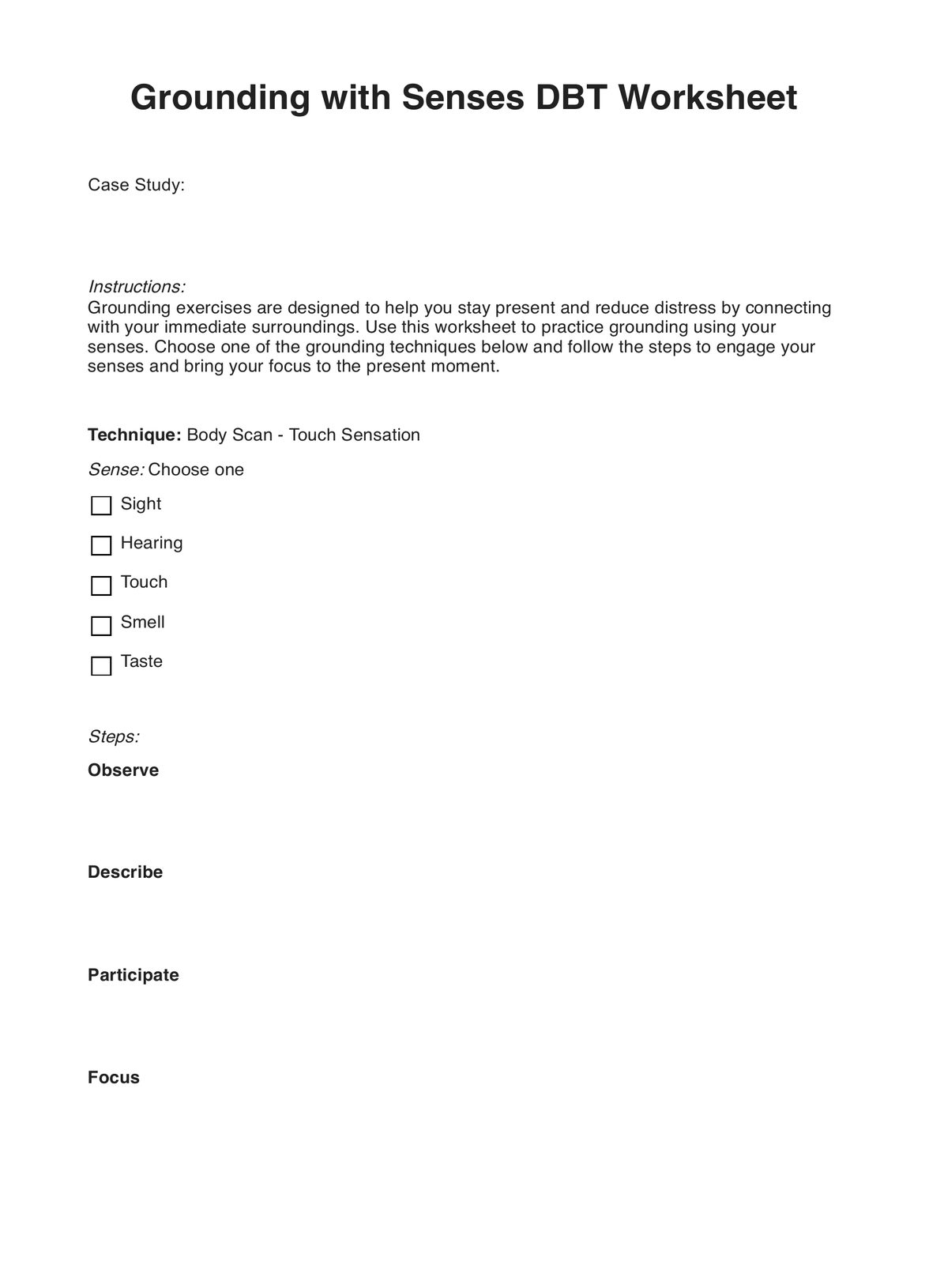
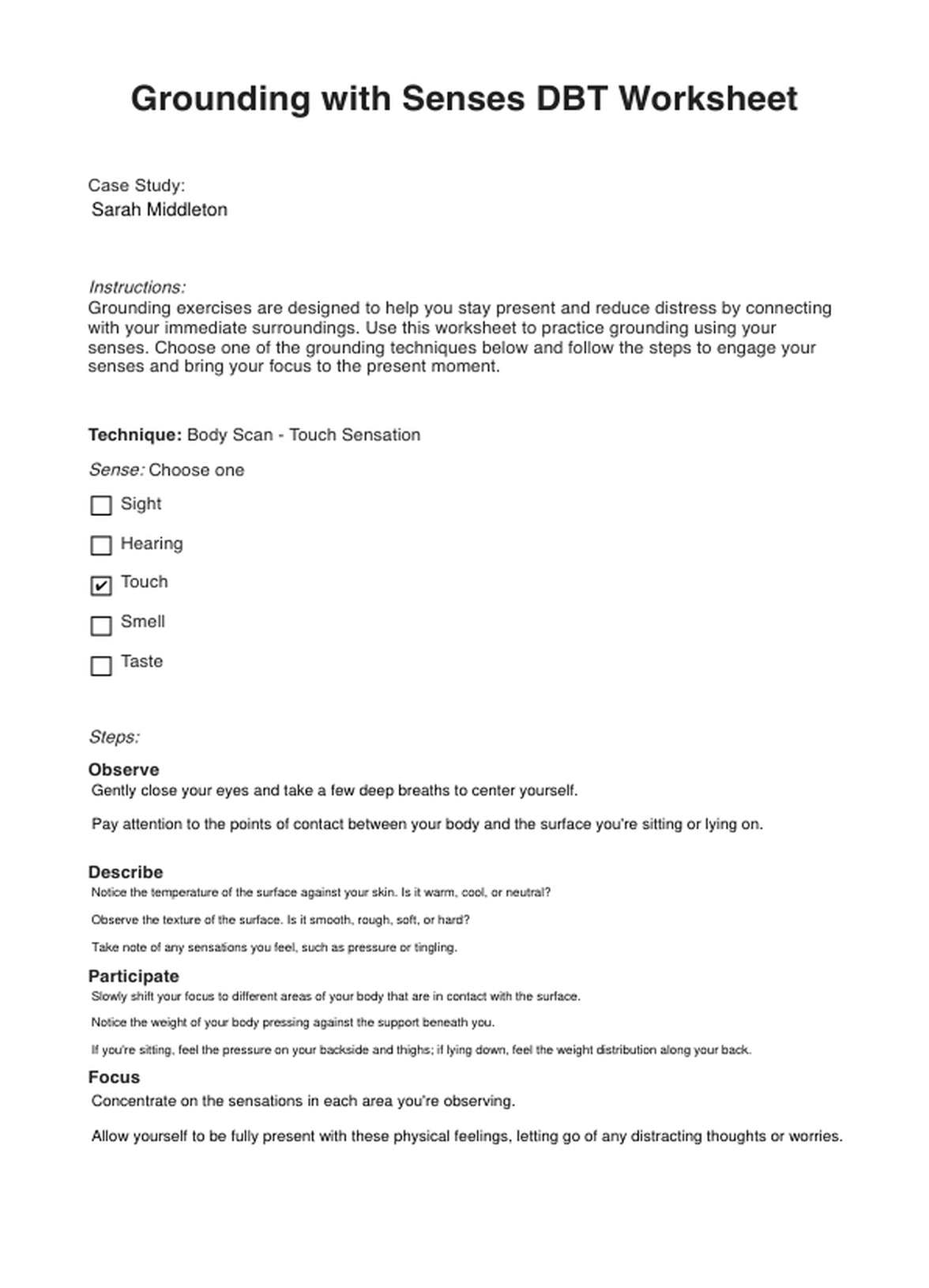

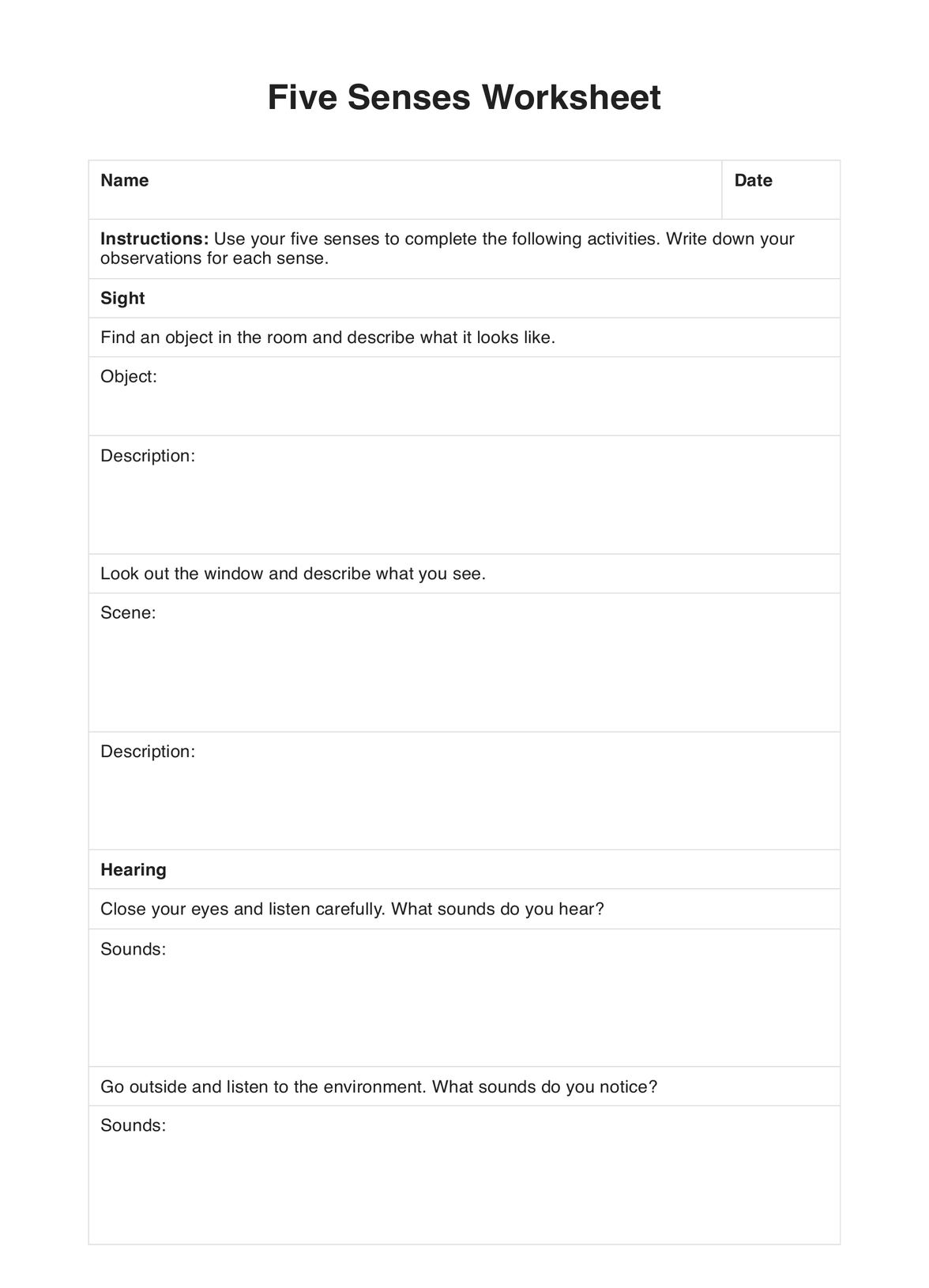








-template.jpg)































































































